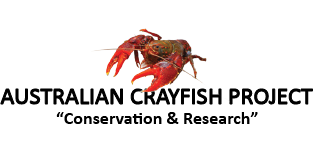Euastacus polysetosus,called the Many-Bristled Crayfish by some are an intermediate group crayfish that rarely reaches above 70 grams and 56.6 mm OCL in size. They live in the high altitude, clear, clean, flowing mountain streams of the Barrington Tops Region of NSW. In September 2017 we visited the Barrington Tops region to survey this endangered species.
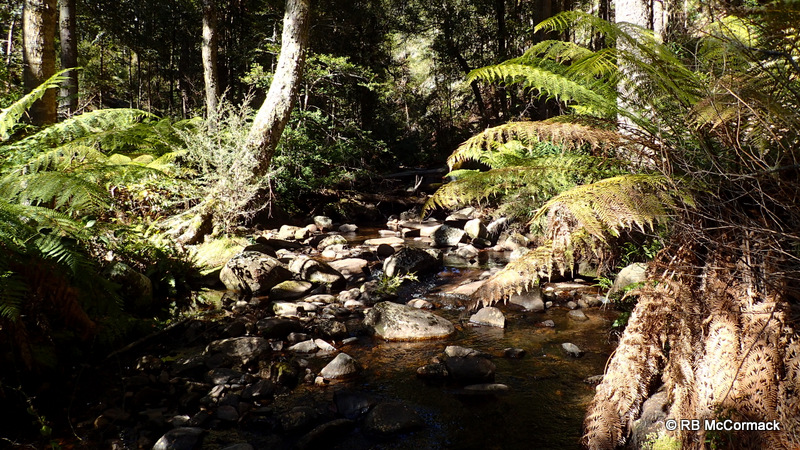
Euastacus polysetosus is a cool/cold-water species. They will not survive long in elevated water temperatures, being stressed at 22°C and dying rapidly at 26°C. Generally, they are restricted to the smaller tributary streams where they are relatively plentiful. The larger main rivers will have the odd large individual in the deeper pools and juveniles in the marginal habitat areas, but they are relatively rare in these habitats.

Horwitz and Richardson (1986) classified Australian crayfish burrows into three categories based on their relationship with the water-table (Types 1-3). Euastacus polysetosus constructs a burrow system in response to their location in the stream and the maturity of crayfish. Nevertheless, all burrows fit within the “Type 1” category as all burrows are in, or connected to open water. [private] Their burrow system are extensive both within the stream bed and in the surrounding marginal habitats, however, the species prefers a flooded burrow system. They prefer permanent water, and any large permanently flowing seepage will be populated. In the Gloucester Tops area, for example, they can be found in the roadside gutters that have permanent seepage. In the Barrington Tops region although we inspected some seepages we did not find any crays in residence. When small they are relatively passive, but as they grow they become more aggressive and territorial. In the wild, larger crayfish live well apart within the creek system, but smaller immature animals often live close together within small areas. They are generally not active during the day, though food or bait will lure them from their burrows within minutes. They are most active late afternoon to early evening, and one hour either side of dark seems to be the most active time.
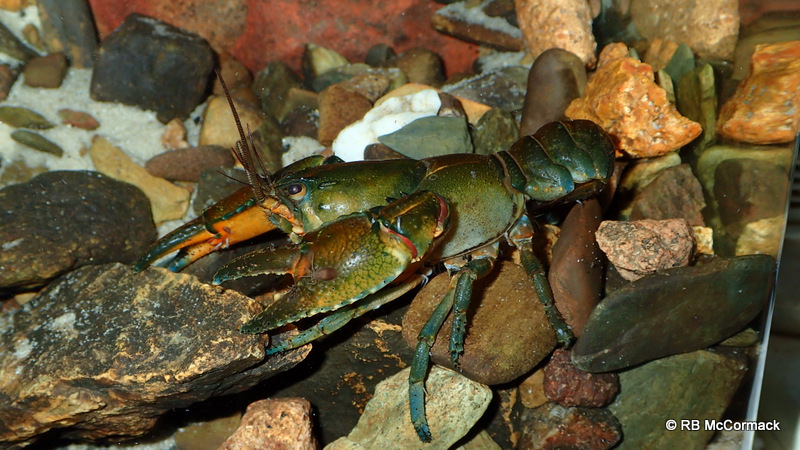
These crayfish are winter breeders with relatively small numbers of eggs per brood and only one breeding per year. Generally berried females have only between 30 and 60 mustard-coloured eggs. Sexual maturity is reached at about 32.5 mm OCL with breeding starting around June. The females breed and retire to their burrows as the stream temperatures drop below 8 deg C. In early September with night time temperatures of 0 deg, day time temps 13 degs and water temps of 6-6.5 deg C there was no activity from any crayfish in the streams overnight. However, specimens dug from burrows and collected from under rocks were active. Despite the small numbers of young they are a relatively abundant species with suitable streams having populations of at least 10/lineal metre of stream. It is not uncommon to collect 2 specimens from under one rock.
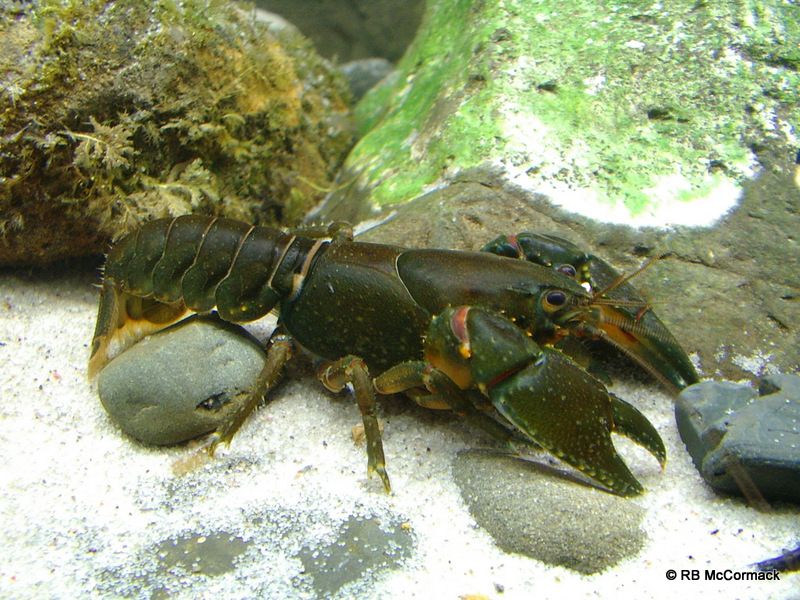
Euastacus polysetosus is found in permanent flowing streams, usually over 750 m a.s.l., of the Mt Royal Range, New South Wales (a spur off the Great Dividing Range). Tributaries of the Manning River (Dilgry, Mopy, Barrington and Gloucester rivers) and Hunter River (Allyn River and Paddys, Polblue and Glennes creeks).
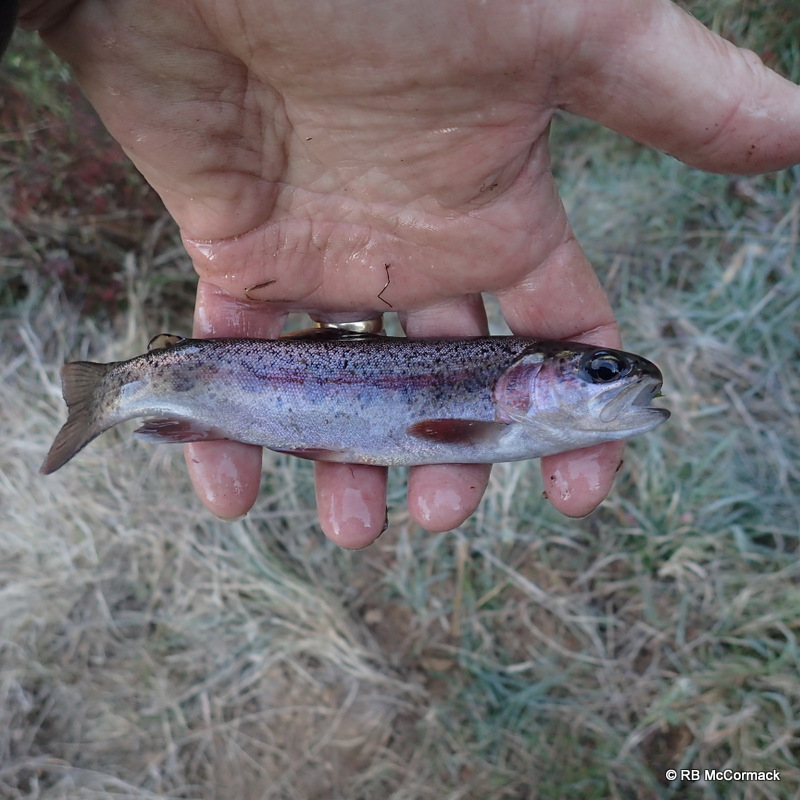
Conservation status: IUCN Status: Endangered. All intermediate group species are protected by default in New South Wales as they do not reach the minimum recreational size limit of 9 cm OCL that is in place for all New South Wales Euastacus species. Anyone found with this species in their possession is in breach of the Fisheries Management Act and will be subject to prosecution. Despite this, they are vulnerable to illegal capture by yabby traps even though traps are prohibited in the eastern drainage, illegal trapping is common. Introduced trout (Rainbow Oncorhynchus mykiss) are common in the area and present a major threat to juvenile crayfish. As a high altitude species it would be extremely susceptible to the threat of climate change. Specifically, any climate change that significantly increases water temperatures or reduces stream flow rates will seriously impact this species. Additionally, as a flooded burrow species in shallow flowing creeks, the species will be susceptible to mass mortality following water heating by severe bush fire.
A stream population of a similar high altitude intermediate group crayfish Euastacus clarkae from the upper catchment of the Hastings River was impacted by bushfire. Bushfires although a natural part of the Australian landscape have proven to be a significant threat to this species with mass mortality being recorded after a bushfire. Euastacus crayfish in Type 1 burrows connected to shallow, slow flowing creeks are at high risk during a major bushfire from the creek water which can rapidly rise in temperature significantly stressing or killing the crayfish (McCormack 2015).
References
Coughran, J. & Furse, J. 2010. Euastacus polysetosus. The IUCN Red List of Threatened Species 2010: e.T153725A4536930. http://dx.doi.org/10.2305/IUCN.UK.2010-3.RLTS.T153725A4536930.en. Downloaded on 10 September 2017.
Horwitz, P. H., and A.M.M. Richardson. 1986. An ecological classification of the burrows of Australian freshwater crayfish. Australian Journal of Marine and Freshwater Research 37: 237-242.
McCormack, R.B. (2015). Conservation of imperiled crayfish, Euastacus clarkae Morgan, 1997 (Decapoda: Parastacidae), a highland crayfish from the Gondwana Rainforests of Australia’s World Heritage Area. Journal of Crustacean Biology, Volume 35, Issue 2, pp 282 – 291. DOI: https://doi.org/10.1163/1937240X-00002315
September 2017 Collection Data Base
[/private]
To see the rest of this article and the collection data base you need to be a subscriber.
Cheers
Rob
